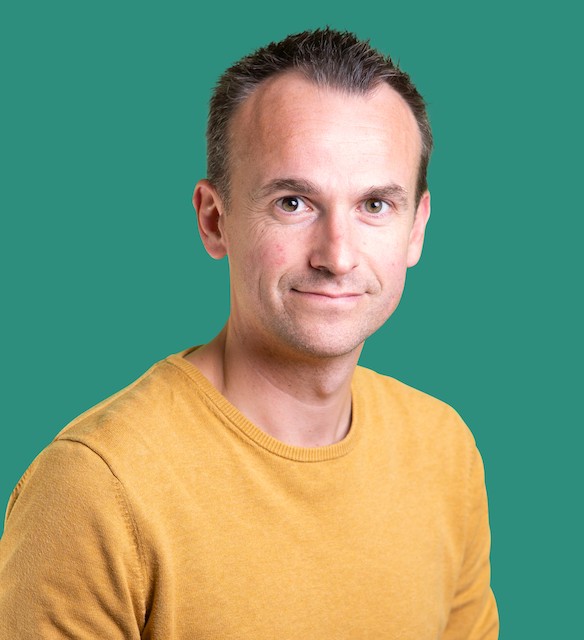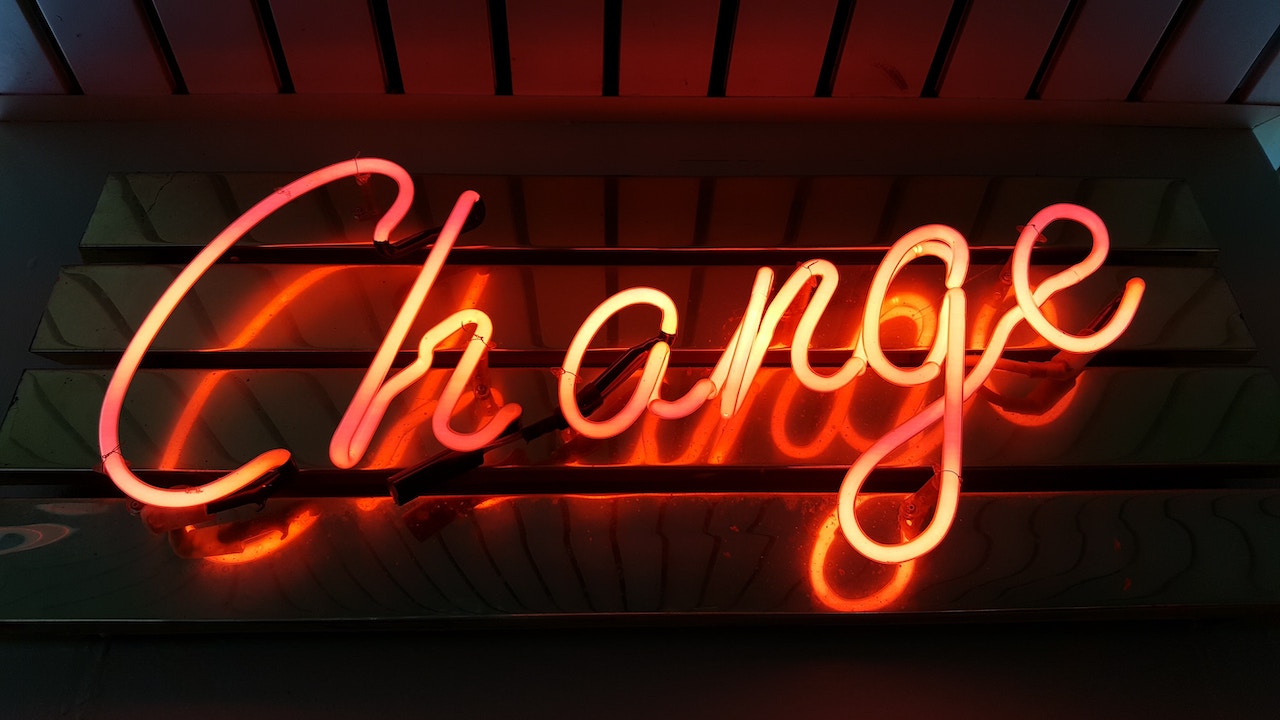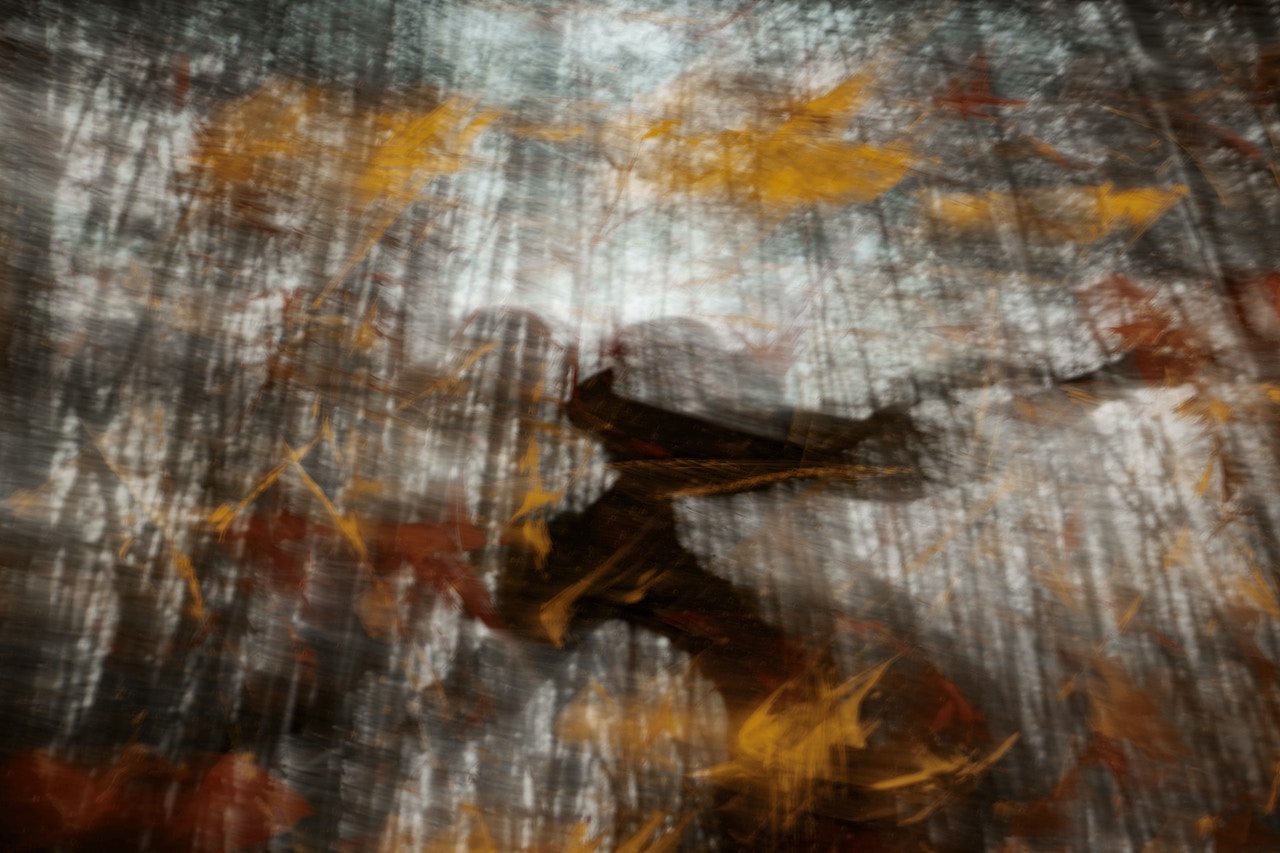Have you ever wondered who or what the patient truly is? In medicine, the patient is defined as “a person who is ill or undergoing treatment for a disease.” (Dictionary, 2023) Yet, in my opinion, this definition paints a narrow, one-dimensional portrait of the patient that is not true to their intricate existence. We see this in academic literature as well. The patient might be the most taken-for-granted concept of Western medicine and healthcare. Although central to healthcare, the concept of the patient often remains unexamined within medicine and physiotherapy. Despite efforts towards patient- or even person-centred care, the focus often shifts towards assessment and treatment models and frameworks rather than the patients themselves (Stilwell, 2019). In this blog, I explore how we see the patient in our currently dominant models and offer an alternative perspective of the patient based on the Actor-Network theory of philosopher Bruno Latour.
Models in physiotherapy
In her recent EPA blogpost and related articles, Karime Moscouto stated that the biopsychosocial model is the dominant model in today’s physiotherapy (Mescouto et al., 2022). As an evolution of the biomedical model, this model still represents mostly a dualistic cartesian view of humans. This means that body and mind are separated, and a lot is focused on reducing the patient’s problems to either physical or mental problems.
The patient’s identity has been shaped by modern society, with evidence-based medicine (EBM) in the early 1990’s as an upcoming modernist movement (Wieringe et al., 2017). In the movement of EBM it focussed on separating the objective and the subjective, as objective knowledge is considered more trustworthy than subjective knowledge (Wieringe et al., 2017).
So all of these approaches fail to capture the multidimensionality of patients. When focusing on the objective, we focus on the models, techniques, and processes. Jenny Slatman states that we are not evolving to a more systemic view of the patient, but an even more mechanical view (Slatman, 2021). We also see this in physiotherapy, where our biomechanical knowledge is still at the root of physiotherapy (Nicholls, 2017). So, to change how we treat our patients, we must aim to redefine how we understand the patient. Given that our understanding of patients has not been accurate so far, we might paraphrase a famous question asked by Bruno Latour (1991) to ask ourselves: Have we ever treated patients yet?

Ton Gevers (PT)
Regional manager at B-Fysic physiotherapy, Student in practical philosophy, and member of EcoFysio
Ton Gevers is a student of practical philosophy at Hogeschool voor Toegepaste Filosofie in Utrecht (BA). He lives in Eindhoven with Angela and their daughter Stella. Formerly worked as a sports physiotherapist, currently, he is a regional manager at a large clinic, B-Fysic Fysiotherapie en Ergotherapie, in the Netherlands. As a member of EcoFysio, through practical philosophy, he advocates for a broader perspective on our profession to transform physiotherapy into a more sustainable profession, benefitting patients, professionals, and the environment.

Photo by Ross Findon on Unsplash
Embracing change in a changing world
A shift towards a broader concept of the human is crucial as we face immense global social and ecological challenges that significantly affect health and healthcare (Romanello, 2022). As a result of the changes caused by humanity, we are now in a period referred to as the Anthropocene (Steffen et al., 2011). This period is characterised by human exceptionalism or anthropocentrism, that is, placing humans at the centre of the universe and prioritising human interests over those of other species and non-humans, and underestimating the environment’s impact on our well-being. Some even say that anthropocentrism is the main catalyst for the environmental crisis.
Yet, humans are connected and symbiotic with their environment. If we acknowledge this more, this can be meaningful in treating patients (Maric & Nicholls, 2021). To better understand the patient, we could try and move away from human-centred views and use Bruno Latour’s Actor-Network Theory to redefine our understanding of patients, which, quite radically, recognises them as complex interconnected networks encompassing humans and non-humans.
Actor-Network Theory: A new perspective
Bruno Latour was a French sociologist and philosopher. He is best known for his work “We have never been modern” from 1993, and later as one of the greatest minds thinking about climate change and the Anthropocene. In all his work, one of the most central points is that everything is connected and constantly moving and he tried to capture this in the development of Actor-Network theory or ANT.

Photo by Atharva Tulsi on Unsplash
Actor
Latour’s definition of an actor invites us to see actors as dynamic elements within complex networks. He describes an actor as “not the source of an action but the moving target of a vast array of entities swarming towards it.”
This notion draws inspiration from the world of theatre, where actors are central but never act alone. They rely on the stage, props, the audience, and often other actors to bring a story to life (Latour, Reassembling the social; An introduction to actor network theory, 2007). Crucially, it can be both human and non-human, a table, a house, or an animal. Actors are not just passive participants; they have agency. They influence and transform other actors, often in unexpected ways.
This perspective underscores the idea that every actor in a network, whether it is a person, an object, or an idea, plays a role in shaping events and outcomes.
Network
The concept of a “network” does not refer to a simplistic image of spheres and dots connected by lines, or a vast array of speedways interconnected as a network. Latour describes a network as: ‘an expression to check how much energy, movement, and specificity our own reports are able to capture’ (Latour, 2007).
In other words, the network is about everything that happens between actors and within actors. It can be with two or countless actors. Even thoughts and emotions can be seen as actors; it is not about the dots and lines, but a network is about the transformations that actors effect on each other.
ANT recognises that these interactions and influences are not static but dynamic, always evolving. So networks, in ANT, are complex, ever-changing systems where actors continually shape and reshape the narrative.

Redefining the patient
Actor-network theory (ANT) stretches our imagination beyond the traditional perception of patients as central figures in healthcare. It urges us to envision them as integral components intricately interwoven within an ecological web or ‘parliament of things’ (Latour, 1991).
Patients are no longer passive recipients but active participants, shaping and being shaped by their environment. Within this intricate web of actors, a patient emerges not as an isolated entity but as a phenomenon brought to life by the dynamic interplay of countless actors, human and non-human (Latour, 2007).
For example, in a treatment room this is created by the patient’s interaction with the computer on the desk, the therapist’s expertise, the room’s physical layout, the chairs, everything is an actor and can exert agency within the phenomenon of an actor-network.
Through ANT, we can expand our understanding of the ecology that is the patient. We recognise patients as part of intricate networks involving various factors, including emotions, social context, physical elements, etc.
Conclusion: Shaping a posthuman future
Actor-network theory offers a new paradigm for physiotherapy, shifting our thoughts and ideas from static models to dynamic networks.
By understanding patients as actor-networks, we can also gain an expanded, ecological view of the patient and the far more diverse entry points for intervention such an ecological perspective of patients might offer.
Such a post-human approach would acknowledge the patient’s complexity and emphasise the interconnectedness of all things, human and non-human, opening for more adaptive, meaningful, and less anthropocentric healthcare practices as we navigate our rapidly changing world.
References
Header image by Omar Flores on Unsplash
Dictionary, T. F. (2023). The Free Dictionary by Farlexx. Retrieved from medical dictionary: https://medical-dictionary.thefreedictionary.com/patient
Latour, B. (2007). Reassembling the social; An introduction to actor network theory. Oup Oxford.
Latour, B. (1991). We have never been modern. Harvard University Press.
Latour, B. (2017). Facing Gaia; eight lectures on the new climate regime. John Wiley and Sons.
Maric, F., & Nicholls, D. A. (2021, august 7). Environmental physiotherapy and the case for multispecies justice in planetary health. Physiotherapy Theory and Practice.
Mescouto, K., Olson, R. E., Hodges, P. W., & Setchel, J. (2020, December 7). A critical review of the biopsychosocial model of low back pain care: time for a new approach? Disability and Rehabilitation, 44(13), pp. 3270-3284.
Mescouto, K., Olson, R. E., Hodges, P. W., & Setchel, J. (2022). A critical review of the biopsychosocial model of low back pain care; time for a new approach? Disability and Rehabilitation, 44, pp. 3270-3284.
Nicholls, D. A. (2017). The End of physiotherapy. Routledge.
Romanello, M. D. (2022). The 2022 report of the Lancet Countdown on health and climate change: health at the mercy of fossil fuels. Lancet, pp. 1619-1654.
Slatman, J. (2021). Plastic Mortals and 21st Century Healthcare. Second Thoughts. First Introductions to Philosophy. Tilburg.
Stilwell, P. &. (2019). An enactive approach to pain: beyond the biopsychosocial model. Phenomenology and the Cognitive Sciences, 4, pp. 637-665.
Wieringe, Msc, DPhil student, S., Engebresten, PHD, E., Heggen PHD, K., & Greenhalg, PHD, T. (2017, Februari 23). Has evidence‐based medicine ever been modern? A Latour inspired understanding of a changing EBM. Journal of evaluation in clinical practice, pp. 964-970.


Very interesting and bright enlightenment on the modern era and how we – as therapists – interact and are actors in the process too.
Enjoy your studies and keep up the good work!